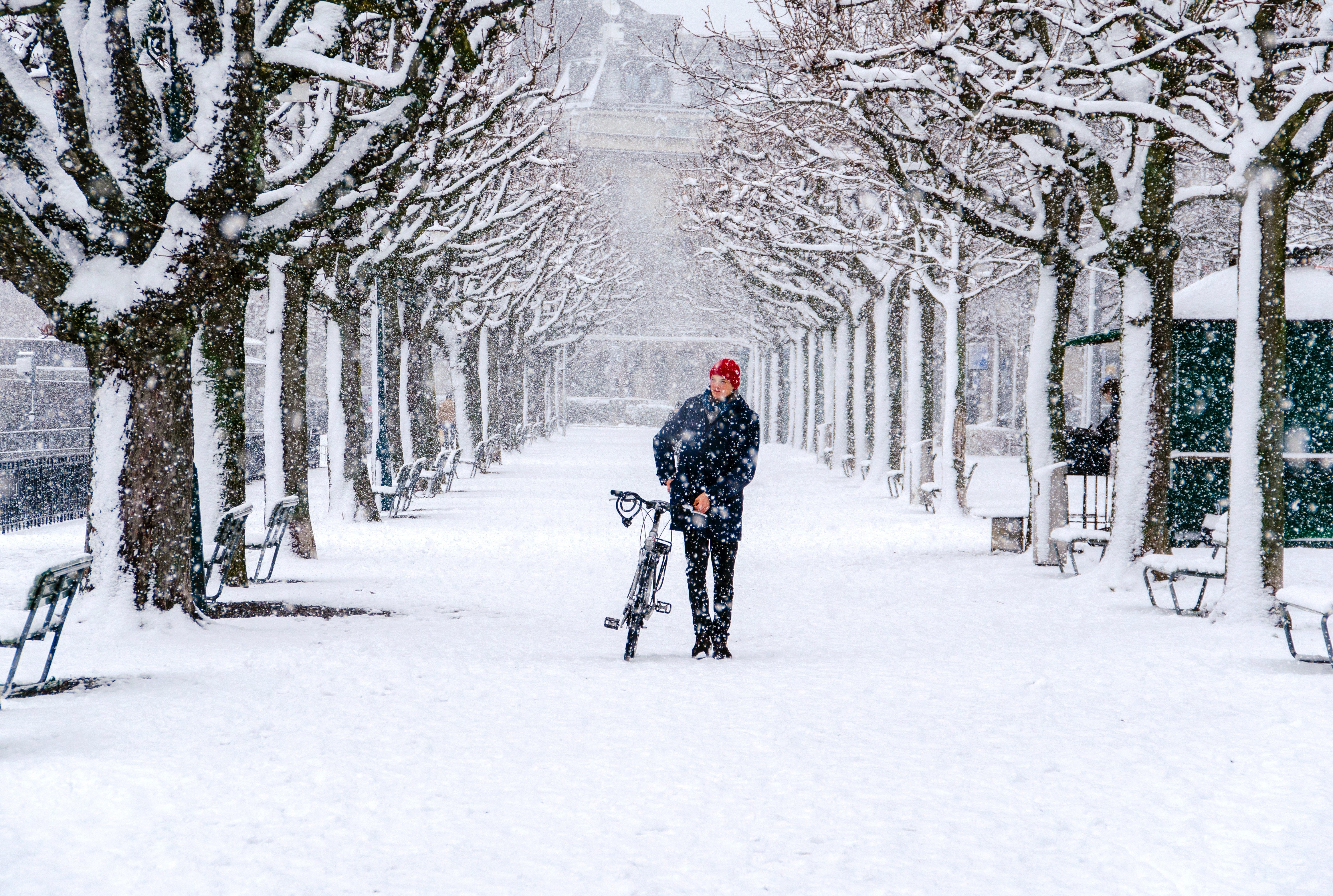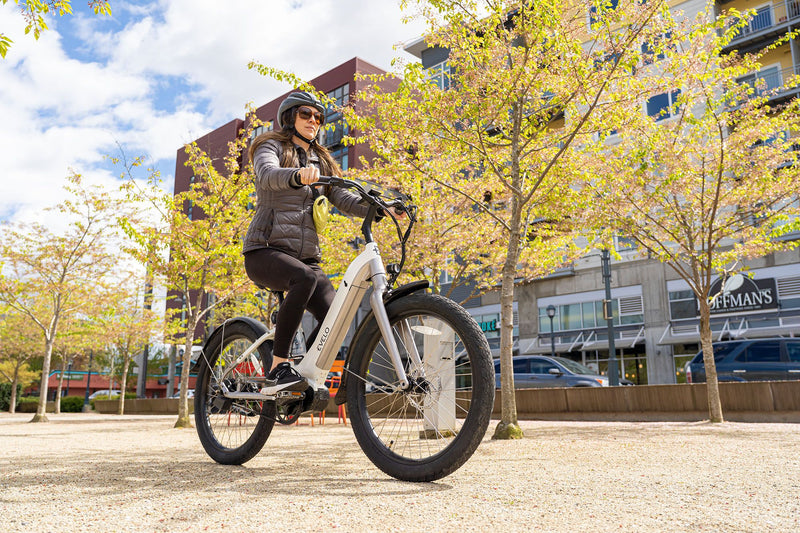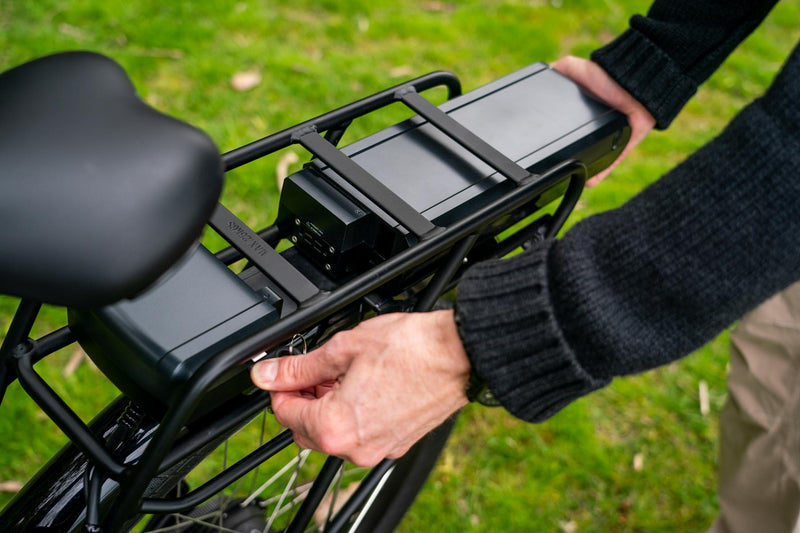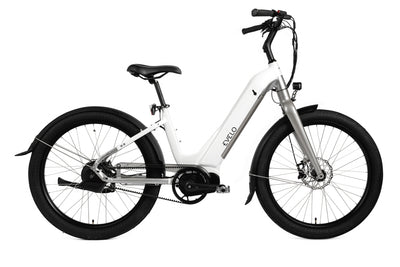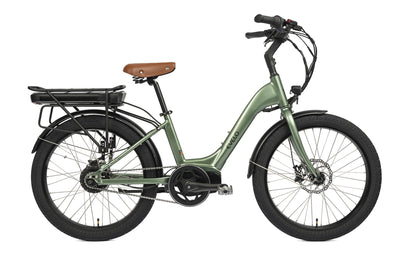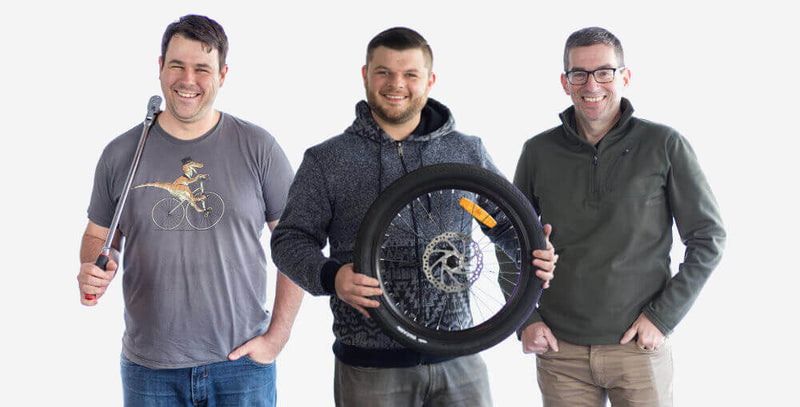Winter shouldn’t mean you don’t get to enjoy your passion. While a long-distance winter cycling trip can on the surface be daunting, as long as you are prepared and equipped, there is no reason not to enjoy a nice long biking trip during winter.
This guide will give you the do’s and don'ts so you will be equipped to get out and hit the open road this winter.
Have The Right Clothing
Might seem like an obvious one, but it’s also the most important item for a successful winter long-distance ride. Ensure you have layers of windproof, waterproof, and thermal pieces on so that you can stay warm and dry on your ride.
Getting the right pieces will allow you to stay warm and dry but not sweat. While you could feel warm by adding fleece to your existing riding clothes, the sweat that will start to generate will soon have you feeling wet and cold in no time, making for a very uncomfortable ride.
Be sure to invest in clothing pieces that have been designed specifically for cycling to ensure you can ride free from moisture building up. Adding quality gloves and overshoes that have great winter and windproof properties will have a huge impact as these parts of your body are left open to water and wind, which can cause a lot of discomfort during your ride.
Before you head off on your ride, it’s important to step outside once you’re fully dressed just to feel the temperature, allowing for the fact that your body will heat up once you start riding.
Adding some clear or light tint glasses will be a great addition to ensure that no road grime and water gets in your eyes, particularly if it starts snowing.
Essential clothing pieces for winter cycling:
- Waterproof jacket
- Thermal undervest (ensure it is moisture-wicking)
- Windproof gilet/jersey
- Thermal tights
- Windproof and thermal overshoes and gloves
- Glasses (clear or light tint)
Winter cycling optional pieces:
- Thermal socks
- Cap/headband for under your helmet
Be Prepared For Punctures
Unfortunately, it always seems to be that wet roads seem to have more thorns, glass, and sharp pieces of debris just waiting to puncture your tire and inner tube.
Ensure that you are equipped with at least two spare tubes and check that your pump is working before setting out. An alternative is to have some CO2 cartridges to inflate your tires. It should be noted that these will run out after only one to two uses and operating them in cold temperatures, the gas can impact the head of the canister, causing it to freeze. Be sure not to touch it with your gloves or your fingers if this occurs.
If you’re riding in a group, ensure that every member of the group is sufficiently equipped for their individual needs and no one is relying on you or someone else in the group to have enough supplies.
Have Enough Food and Drinks
Ensuring that you are fueling your body before and during your ride is just as important in winter as it is any other time of the year. If you enjoy a good energy bar on your ride, be aware that these can become little bricks in winter if not kept in a warm place as you ride. Alternatively, you could replace these with products such as gels.
Something that can slip our minds when riding in the cold is getting enough fluids. While it may be cold, you’re still losing fluids as you ride along. If you plan to ride at very low temperatures, prepare your water by adding some hot water to keep your water from turning into ice, at least for a while.
Mapping out your trip to ensure you pass by some cafes will be a very welcomed pitstop on a winter ride. Getting a nice hot drink will be a perfect refresher… just ensure you don’t cool off too much while stopped.
Tires and Mudguards
Riding around on wet and slippery winter roads is not very enjoyable on your 23mm racing rubber. Replacing these with tires that offer greater puncture protection and additional grip are advisable modifications. You could also look at solid tires to give yourself peace of mind around punctures… these will be a more expensive option though.
Installing mudguards are a must and will be a huge ‘bang for buck’ winter riding addition. Stopping the grim and grudge from flicking up on your backside and over your drink bottle is something you’ll really appreciate once out on the open road and if you’re riding in a group, your riding partners behind you will really appreciate it too.
ConclusionAs you can see, there’s no reason not to head out for a long-distance cycle during winter. All it takes is a little preparation and you can continue to enjoy cycling as a winter exercise activity.



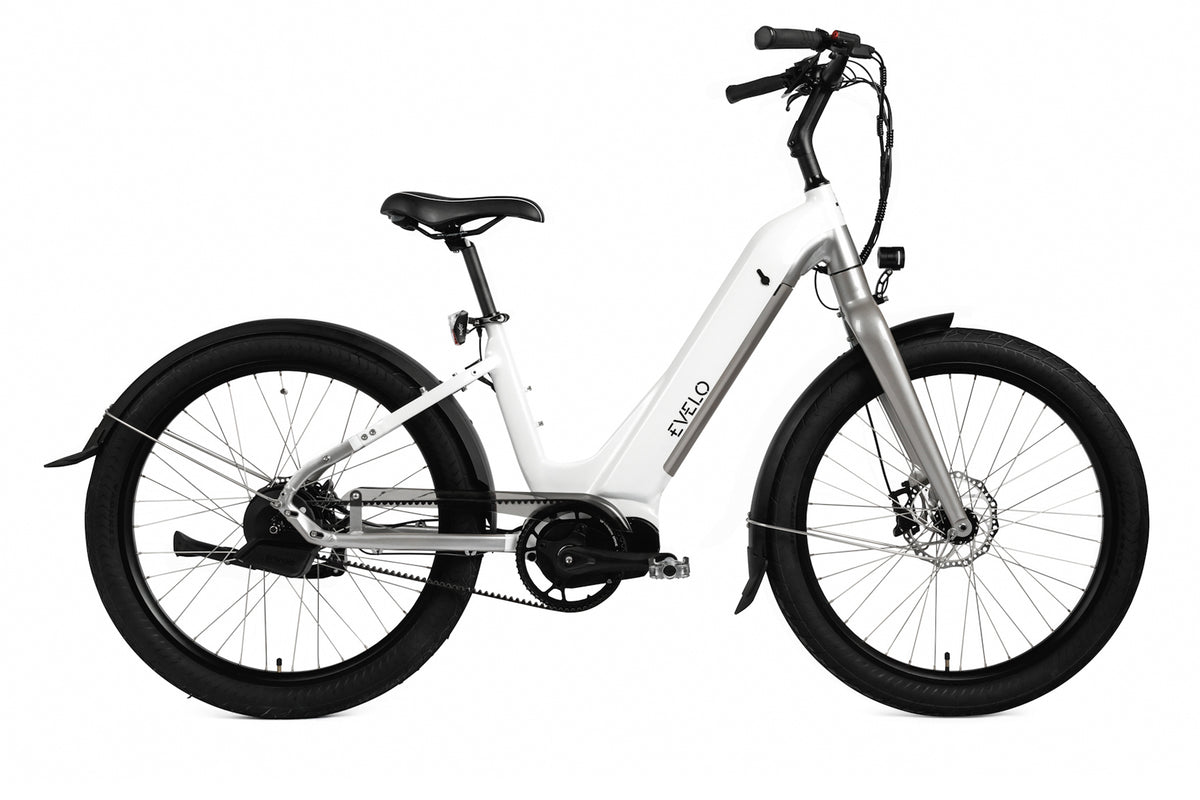
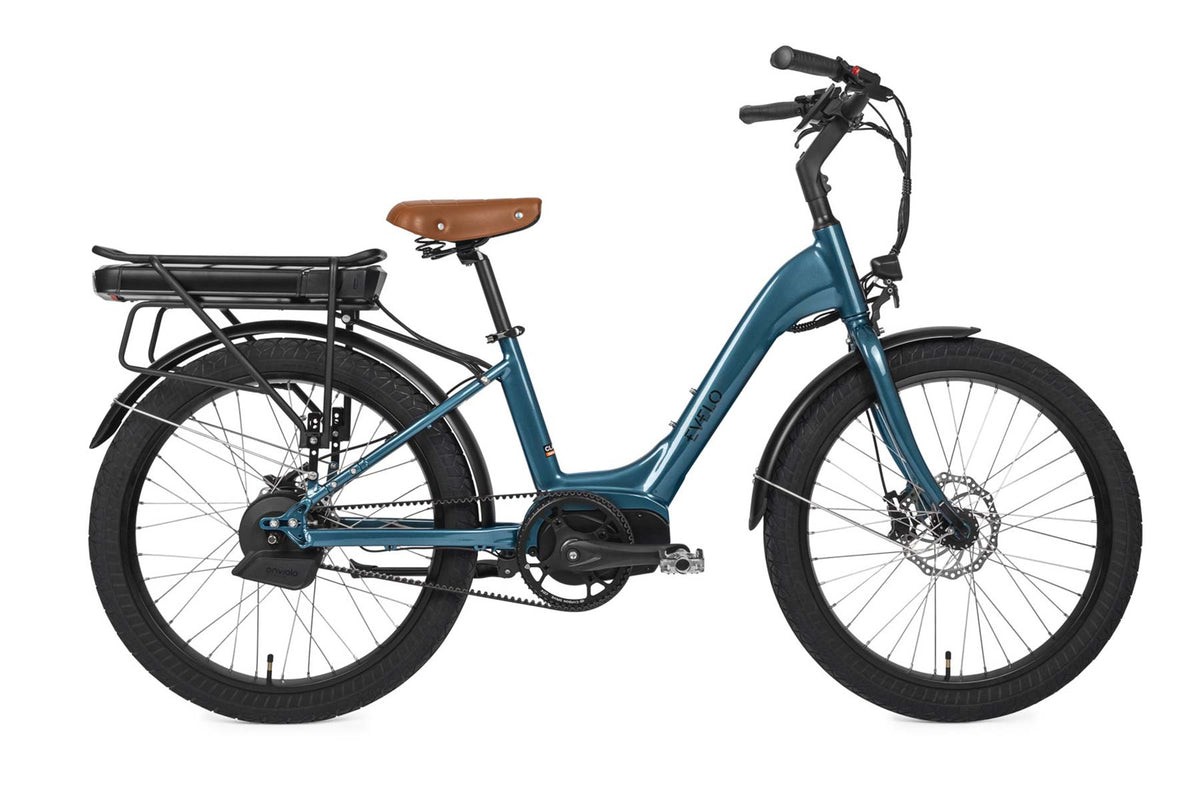


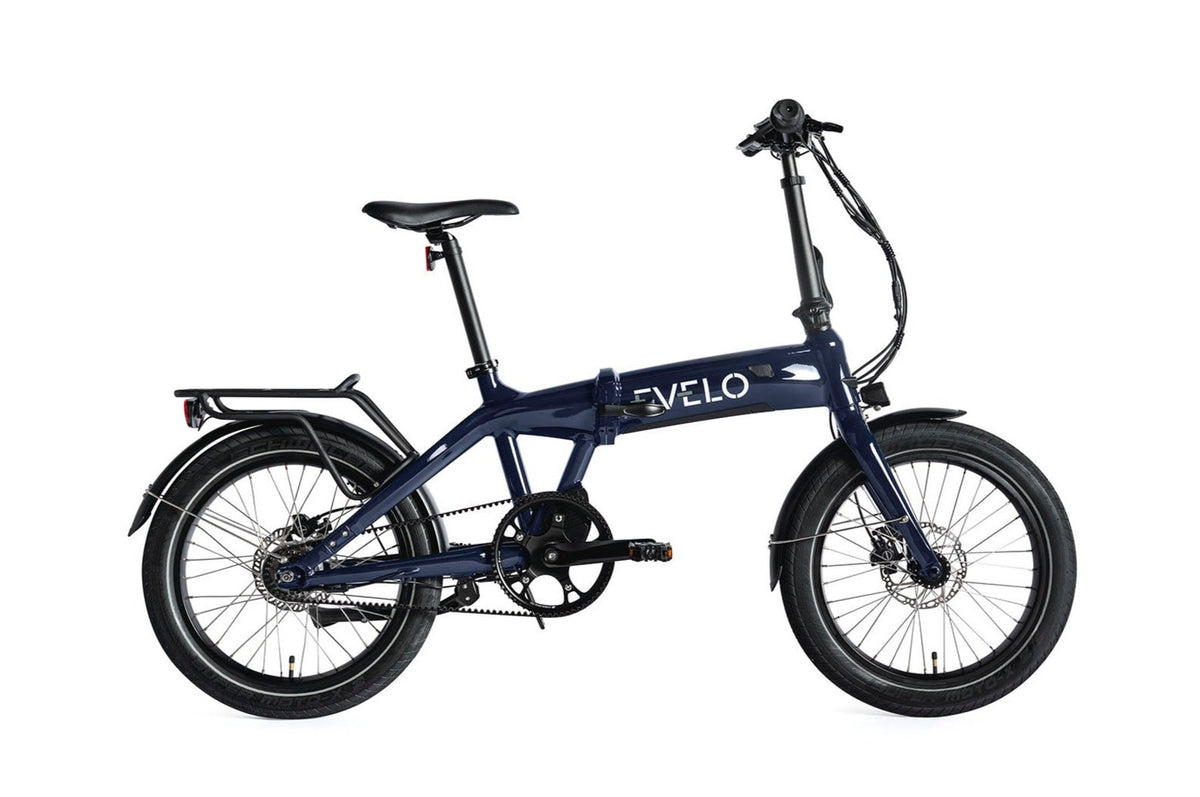
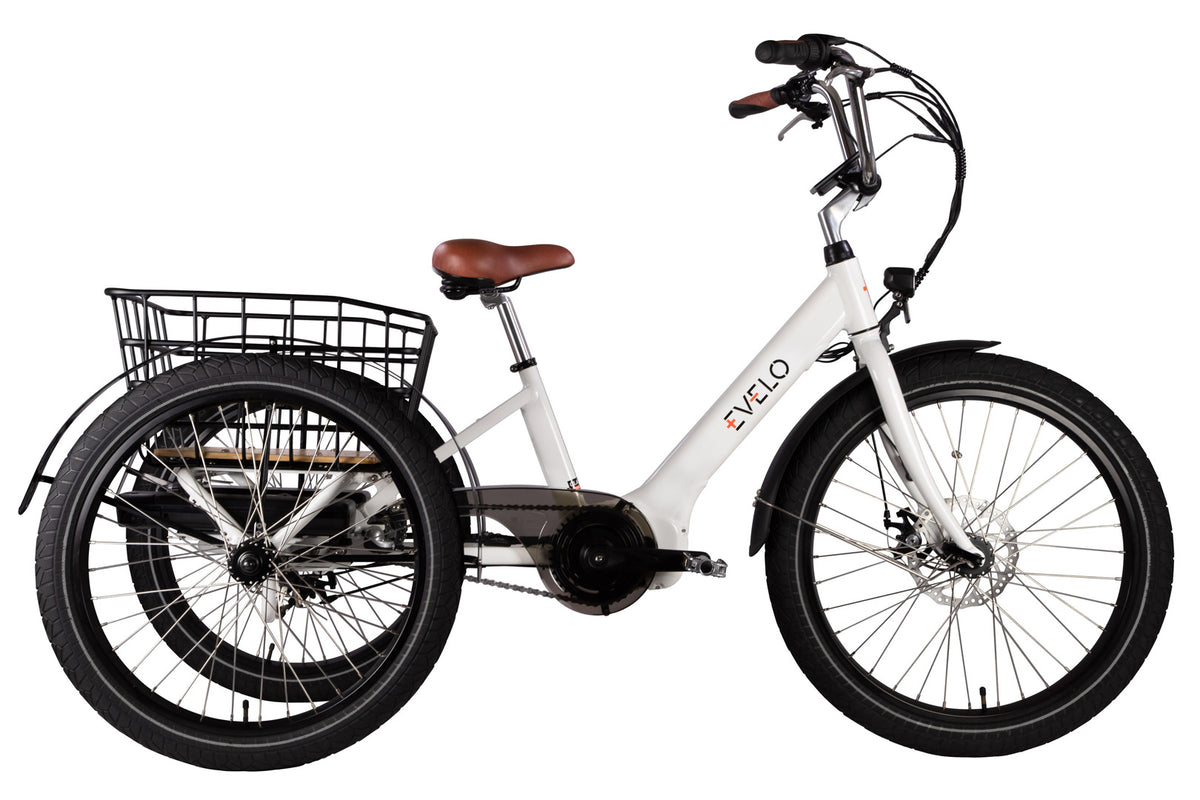
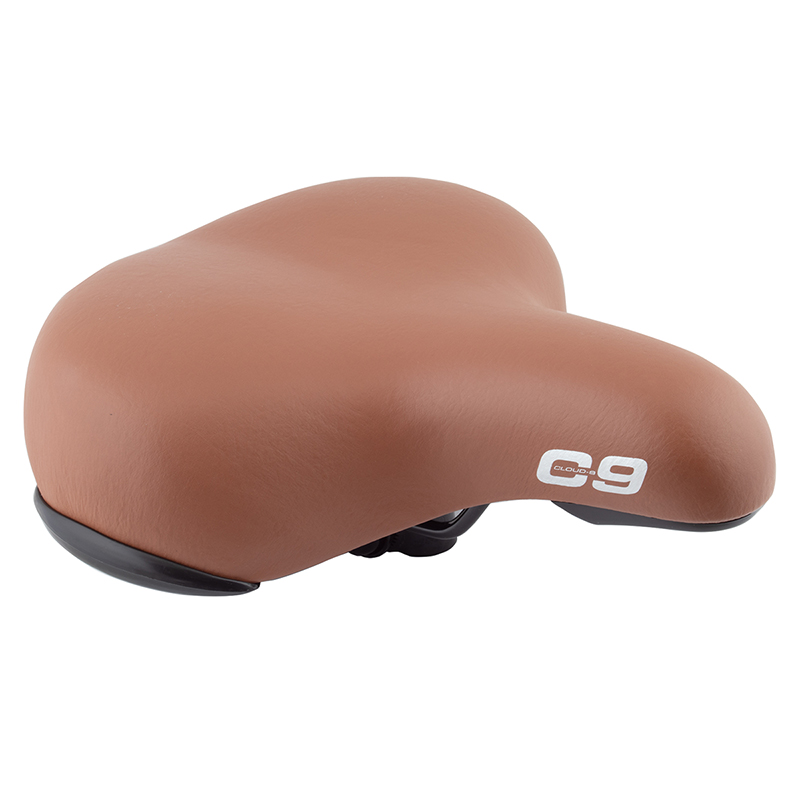
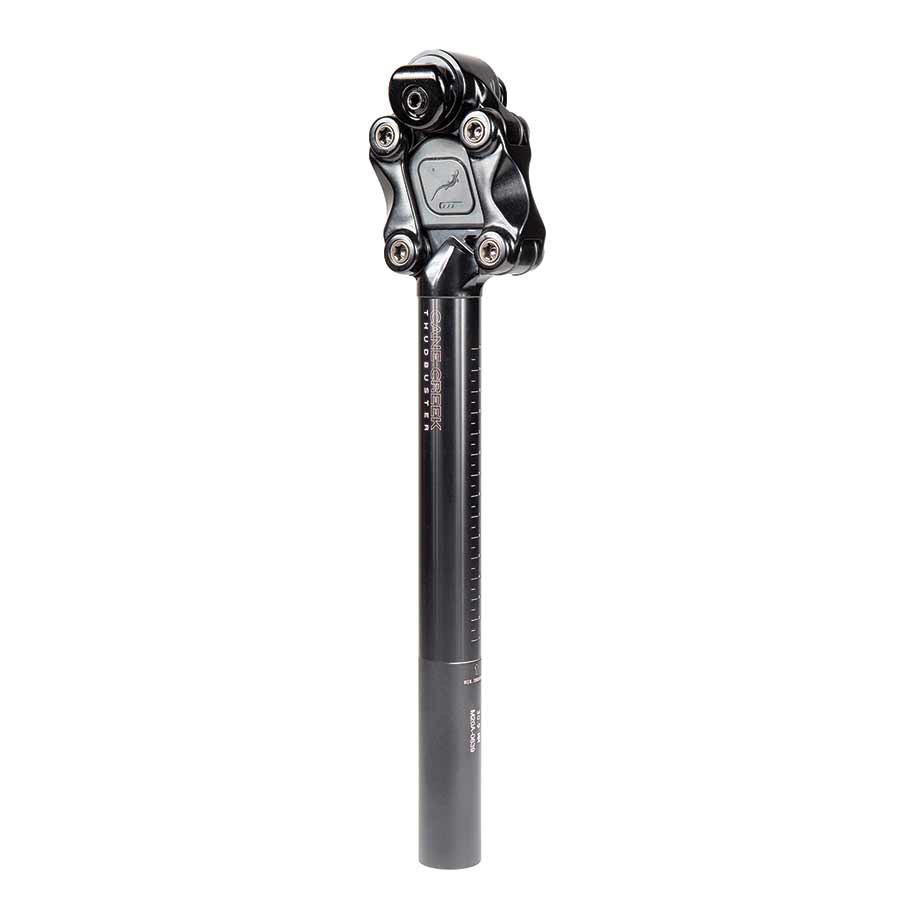
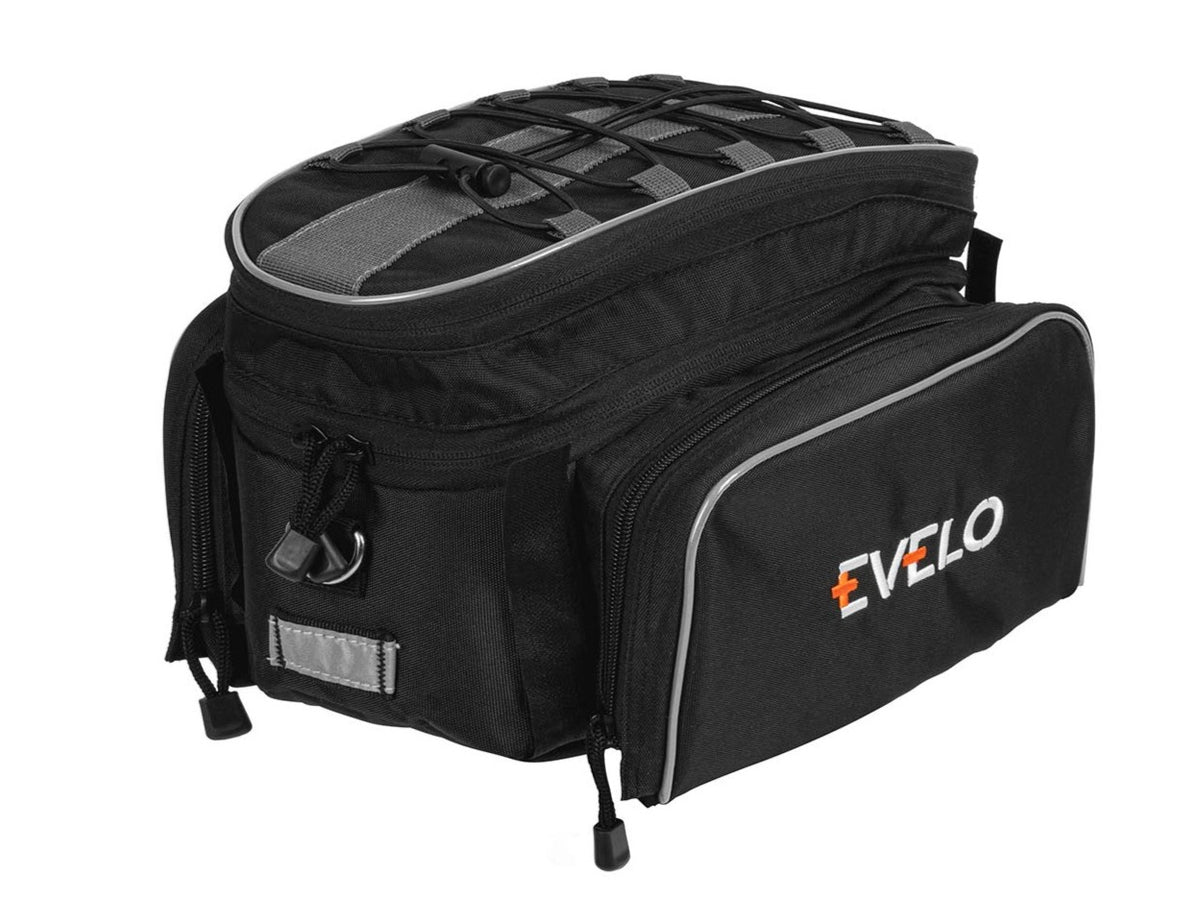
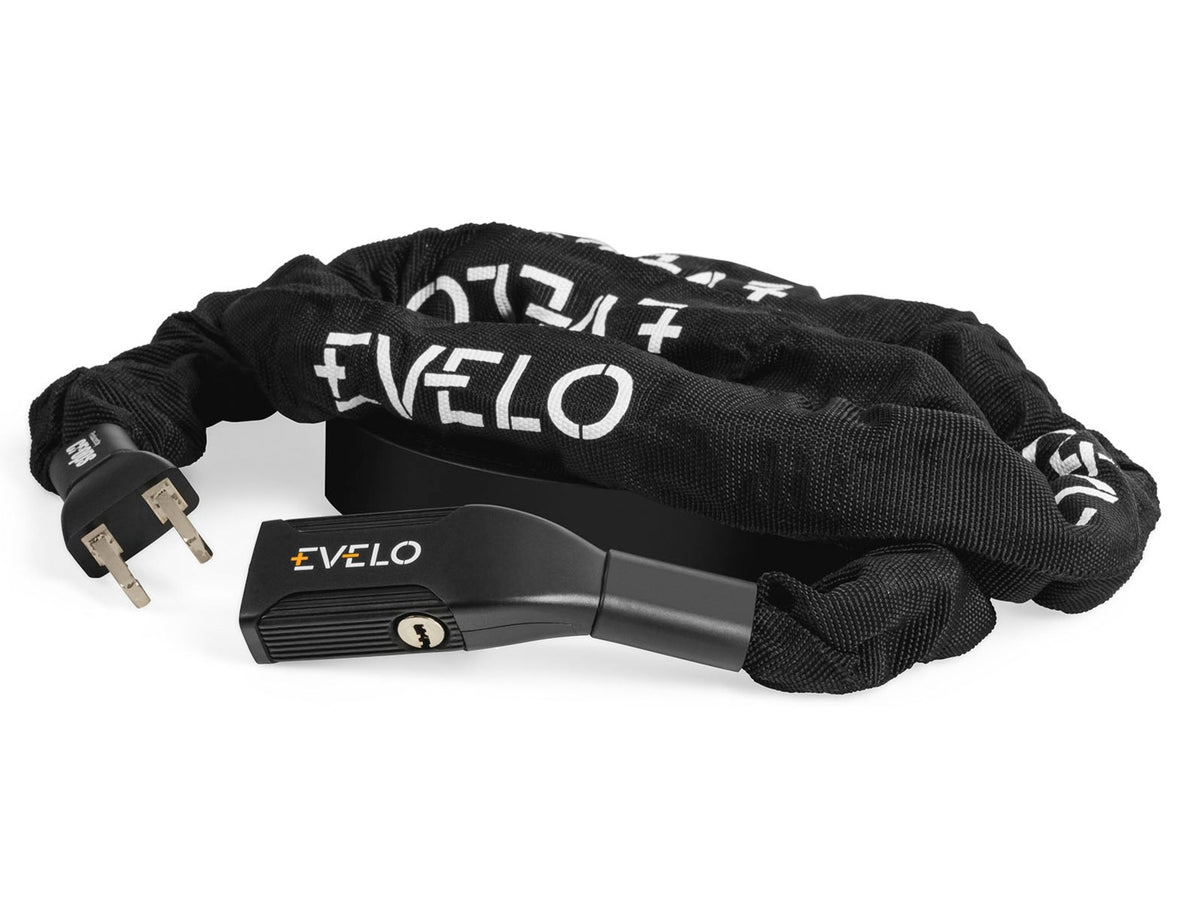


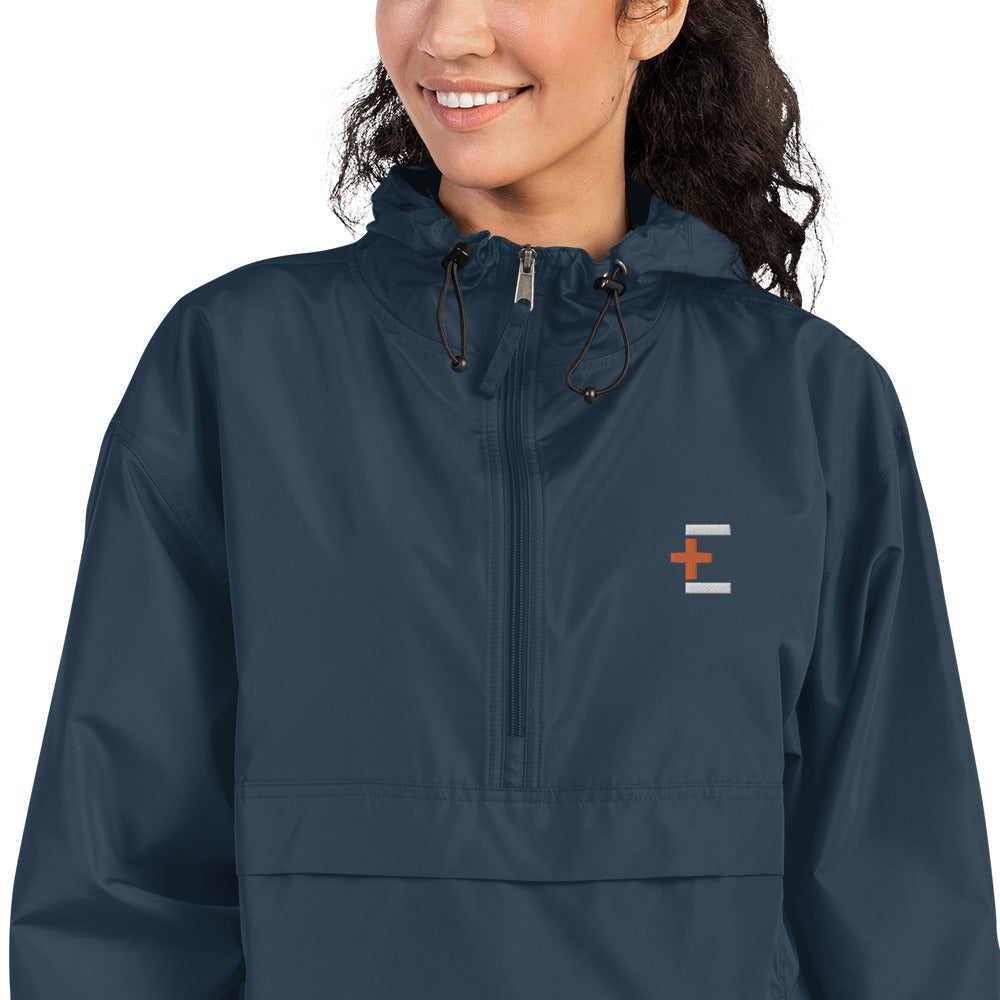

 Easy Assembly
Easy Assembly
 Service and Repairs
Service and Repairs
 Ebike Articles & Content
Ebike Articles & Content
